18 Jan2022
By Margaret Gerry
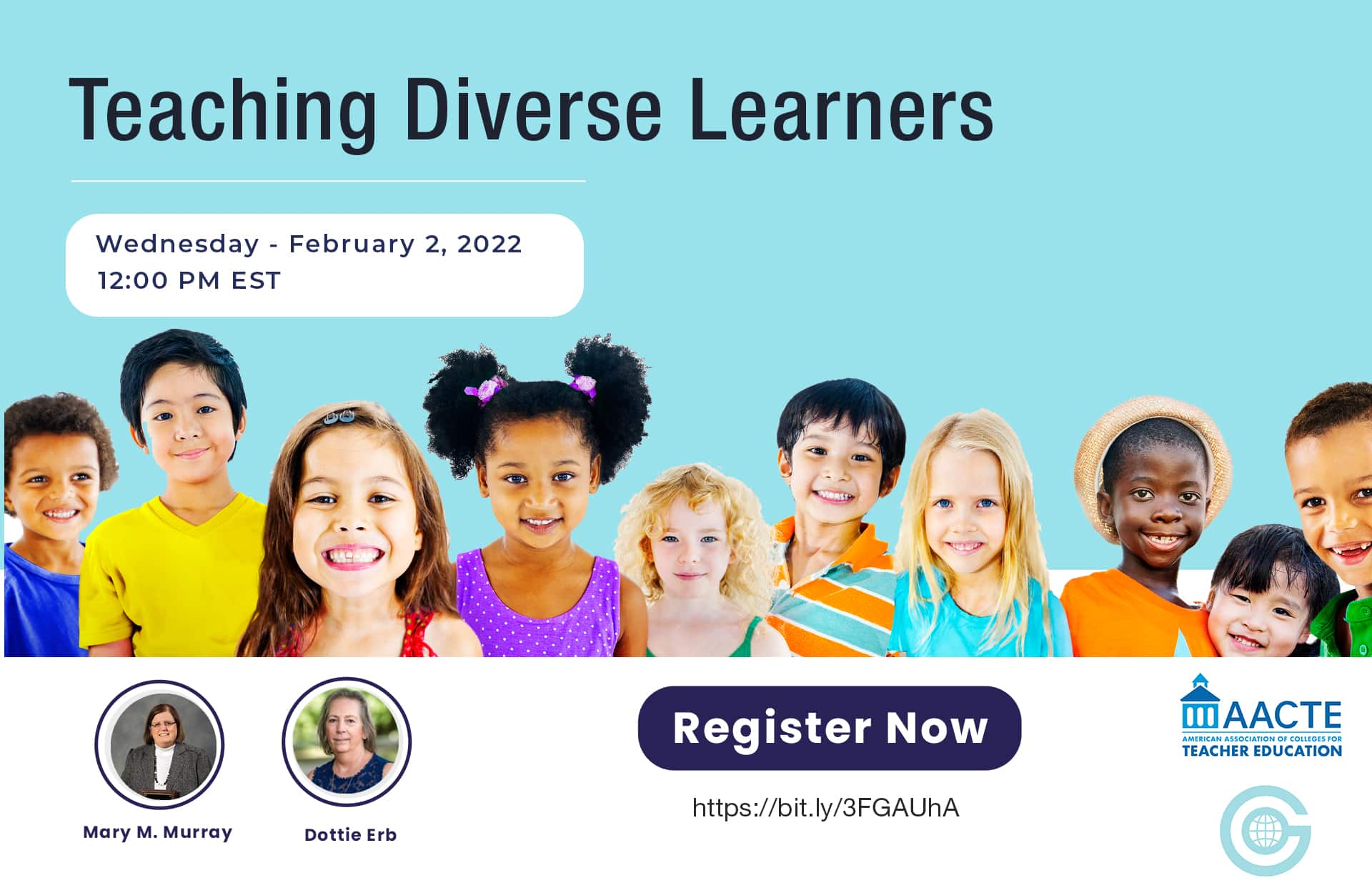 The current and historical public-school workforce in the United States remains predominantly white, middle class, and female; however, these demographics have never accurately represented all students in American classroom settings, which continue to grow in diversity. Classrooms are a place where the presence of biases, stereotype threats, and need for more inclusive environments resulting from differences between the demographics and lived experiences of the teaching workforce and students exist. While AACTE and other education stakeholders are taking up efforts to diversify the field, it is essential to improve the ability of our current educator workforce. In the United States, our classrooms have never been more diverse with students from multiple cultures, socio-economic levels, and disabilities. Thus, the essential question remains: How can we best prepare teachers to support all students in our classroom settings?
The current and historical public-school workforce in the United States remains predominantly white, middle class, and female; however, these demographics have never accurately represented all students in American classroom settings, which continue to grow in diversity. Classrooms are a place where the presence of biases, stereotype threats, and need for more inclusive environments resulting from differences between the demographics and lived experiences of the teaching workforce and students exist. While AACTE and other education stakeholders are taking up efforts to diversify the field, it is essential to improve the ability of our current educator workforce. In the United States, our classrooms have never been more diverse with students from multiple cultures, socio-economic levels, and disabilities. Thus, the essential question remains: How can we best prepare teachers to support all students in our classroom settings?
10 Jan2022
By Mary Churchill
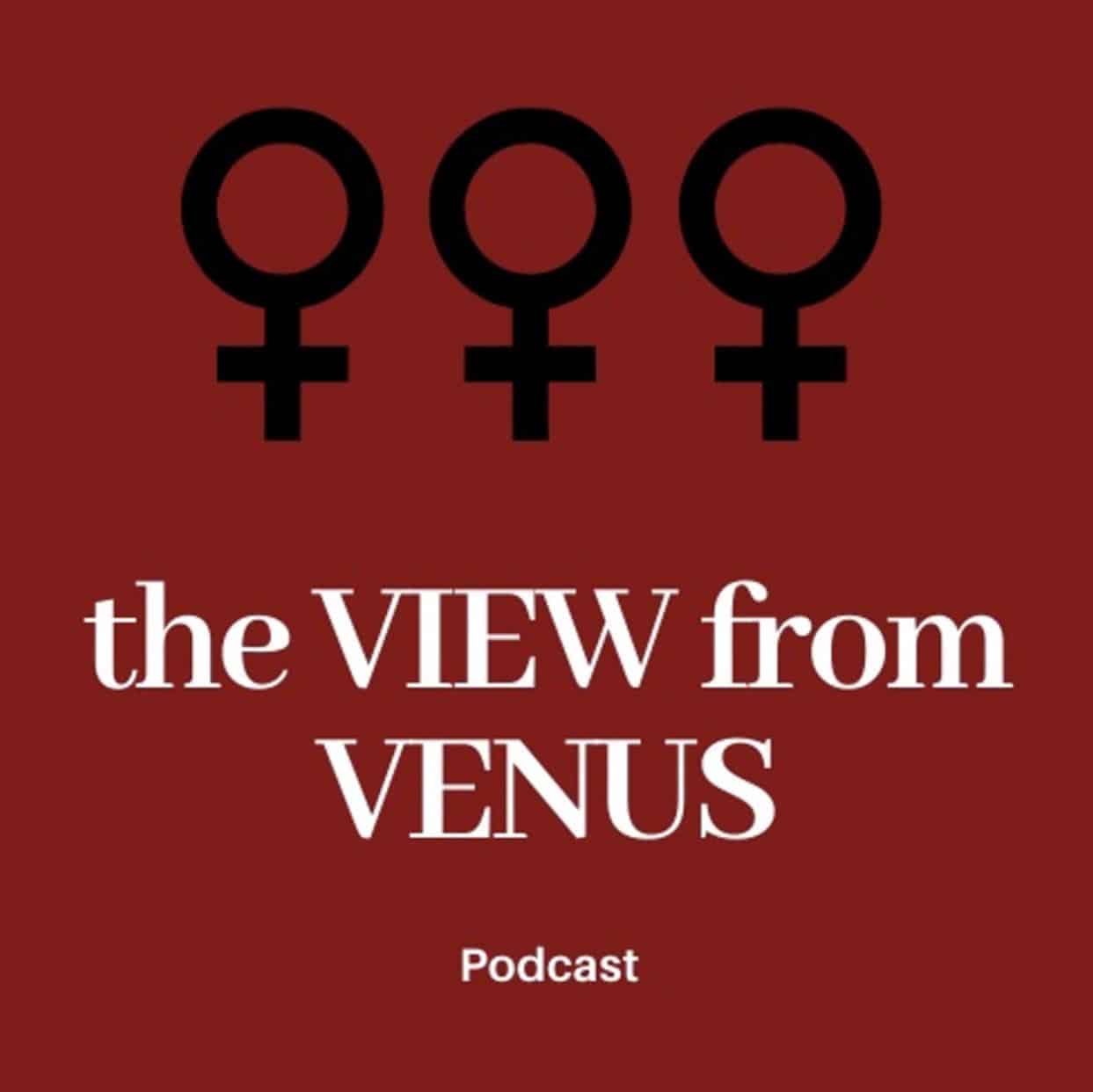
This article originally appeared Inside Higher Education and is reprinted with permission.
In December, we were able to publish a four-episode late-fall season for our podcast “View From Venus.” We had some phenomenal women as guests: Jacqueline Rodriguez, vice president at the American Association of Colleges for Teacher Education; Shana MacDonald, faculty member at the University of Waterloo; Becky Petitt, vice chancellor at UC San Diego; and Felecia Commodore, faculty member at Old Dominion University.
We have hosted conversations with college presidents, faculty members, staff members, artists, politicians, activists and entrepreneurs—all amazing women doing great work. One goal of the podcast is to lift up, amplify and celebrate this great work and share it with a larger audience. It is also about building connections and introducing the world to these women and the differences they are making in the world.
21 Dec2021
By Rebecca Griesbach
This article originally appeared on AL.com and is reprinted with permission.
When Wesley Lindsey first met his fourth-grade student, the boy, who is also Black, was reading on a preschool level.
Other teachers had referred the student to special education numerous times and wouldn’t even let him walk in the hallway alone due to behavioral problems.
From fall to spring, Lindsey managed to coach the young boy to nearly a third-grade level. The behavior problems stopped, and the student started mimicking Lindsey in the classroom, telling other students to quiet down and do their work.
03 Dec2021
By Rangasamy Ramasamy
This opinion article originally appeared in Diverse Issues in Higher Education and is reprinted with permission.
 The demographics of our nation’s PK-12 student body are changing. In fact, a report from the National Center for Educational Statistics (NCES, 2019 as cited in Burden, 2020) projects that by 2027 the Caucasian student population will decrease to 45%, Latinx student population will increase to 29%, and the African American student population will remain at 15%. Thus, tomorrow’s student body will be more diverse than today and that trend is expected to continue. To meet the needs of the future PK-12 student population, educator preparation programs (EPPs) must attract a greater number of diverse candidates to the teaching profession—and that requires advocating for policies that promote diversity in the classroom and address critical teacher shortages.
The demographics of our nation’s PK-12 student body are changing. In fact, a report from the National Center for Educational Statistics (NCES, 2019 as cited in Burden, 2020) projects that by 2027 the Caucasian student population will decrease to 45%, Latinx student population will increase to 29%, and the African American student population will remain at 15%. Thus, tomorrow’s student body will be more diverse than today and that trend is expected to continue. To meet the needs of the future PK-12 student population, educator preparation programs (EPPs) must attract a greater number of diverse candidates to the teaching profession—and that requires advocating for policies that promote diversity in the classroom and address critical teacher shortages.
24 Nov2021
By Tammy Moore
AACTE’s Consortium for Research-Based and Equitable Assessments (CREA) project recently released a framing paper titled The History, Current Use, and Impact of Entrance and Licensure Examinations Cut Scores on the Teacher-of-Color Pipeline: A Structural Racism Analysis. The paper addressed the following questions: (1) How are standardized entrance and licensure tests being used as a gateway into the profession? (2) Who determines cut scores for these tests? and (3) What is the historical significance and implications of these tests on the diversity of the profession today?
Lindenwood University represents one of fourteen lead institutions that comprise the CREA project. Tammy Moore, director of certification and field/clinical experiences at Lindenwood, reflects on the effects of entrance assessment requirements at her institution and her institution’s plans to ensure equitable access for all students who choose to pursue teacher education.
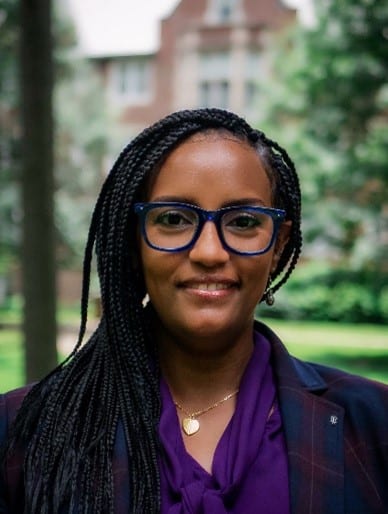 Why did Lindenwood University pursue membership in the CREA project?
Why did Lindenwood University pursue membership in the CREA project?
Lindenwood University – College of Education and Human Services (COEHS) pursued the CREA project to participate in an initiative designed to support our continual efforts to recruit and retain teacher candidates of color. In direct alignment with Lindenwood COEHS commitment to “… an open, diverse, and inclusive learning environment that nurtures the growth and development of all …” the CREA project embodies our commitment to diversifying the teaching profession.
15 Nov2021
By Lana Collet-Klingenberg
AACTE’s Consortium for Research-Based and Equitable Assessments (CREA) project recently released a framing paper titled The History, Current Use, and Impact of Entrance and Licensure Examinations Cut Scores on the Teacher-of-Color Pipeline: A Structural Racism Analysis. The paper addressed the following questions: (1) How are standardized entrance and licensure tests being used as a gateway into the profession? (2) Who determines cut scores for these tests?, and (3) What is the historical significance and implications of these tests on the diversity of the profession today?
University of Wisconsin-Whitewater (UWW) represents one of fourteen lead institutions that comprise the CREA project. Lana Collet-Klingenberg, professor and interim associate dean at UWW recently reflected on the effects of entrance assessment requirements at her institution and her institution’s plans to ensure equitable access for all students who choose to pursue teacher education.
 Why did University of Wisconsin – Whitewater pursue membership in the CREA project?
Why did University of Wisconsin – Whitewater pursue membership in the CREA project?
Increasing the diversity in our educator workforce is a high priority for our state and our institution. By many measures Wisconsin is failing when it comes to equity in our schools and in our educator workforce. As the EPP that prepares the most first-time licensed teachers in the state, we are interested in any initiative that advances the cause. In addition, in an effort to lessen the number of barriers for prospective teachers, our state changed rule, providing EPP with flexibility regarding what measures we use for admission. In our state, students can meet requirements with GPA OR test scores. Our state is continuing to address removal of barriers by recently changing rule again to allow for alternate measures to GPA for licensure (which, in turn, will allow greater flexibility with admission requirements). I believe our inclusion in the project is a means of sharing these avenues with states still requiring standardized test performance as the primary admission pathway.
29 Oct2021
By Kimberly White Smith and Jacob Easley II
This op-ed originally appeared in Diverse Issues in Higher Education and is reprinted with permission.
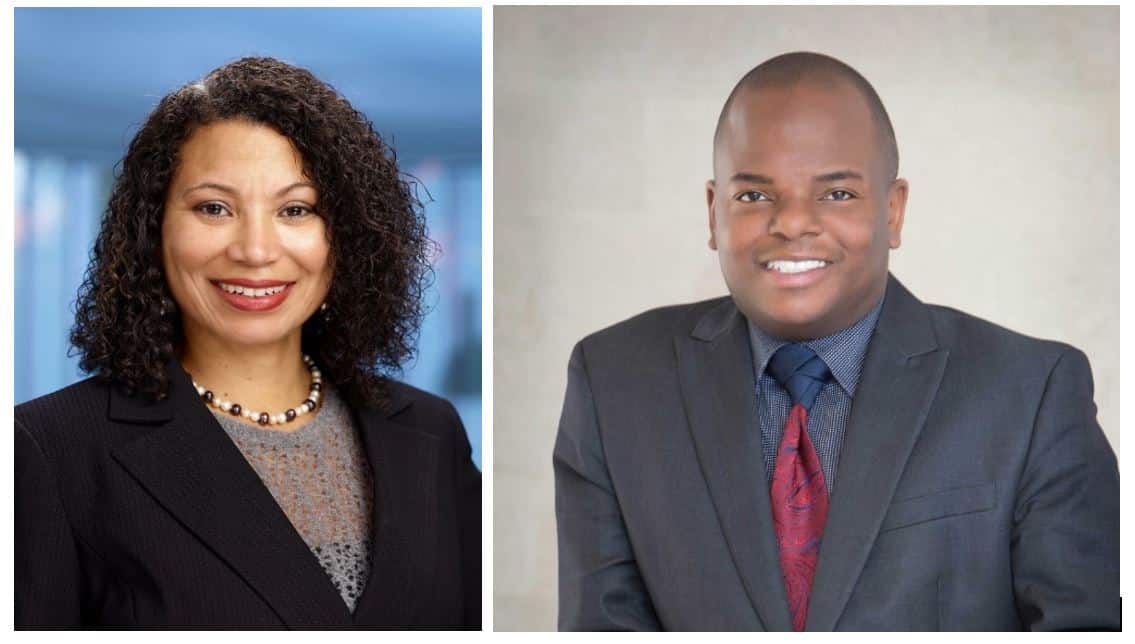
Kimberly White-Smith and Jacob Easley
I love America more than any other country in the world and, exactly for this reason, I insist on the right to criticize her perpetually. – James Baldwin
The momentum of social and racial justice fueled by recent events finds us at a significant crossroad with divergent paths—one path opening to opportunity and one leading to entropy. The approach we choose to follow will affect society and the lives of many for generations to come. Should we choose the way of opportunity, we must seriously grapple with the debates and our commitment to preserving a true democracy. Should we select the other, we accept the deterioration of hard-earned civil rights—choosing to abdicate to systems, laws, and politics that have historically disadvantaged those unable to make a living wage and people of color. As deans of educator preparation programs who work closely with the nation’s two largest school districts (New York City Department of Education and Los Angeles Unified School District), we understand the relevance of education. It is the core vehicle for liberatory practice and for championing American democracy. If education is the road to national mobility, and we believe it is, we must preserve the mechanisms and freedoms to critique and examine the governing structures of our society.
26 Oct2021
By AACTE

The Consortium for Research-Based and Equitable Assessments (CREA) at the American Association of Colleges for Teacher Education has released its first report, The History, Current Use, and Impact of Entrance and Licensure Examinations Cut Scores on the Teacher of Color Pipeline: A Structural Racism Analysis. The CREA project, funded by the Bill & Melinda Gates Foundation, engages 14 states in examining their cut score setting process for entrance examinations into teacher preparation programs. The recent report chronicles the history of teacher preparation entrance and exit assessments and their impact on the diversity of candidates pursuing teaching as a profession.
The report’s author, Leslie T. Fenwick, AACTE dean in residence (who is also a former School of Education dean), discusses in detail the intentional misuse of entrance licensure examinations after the Brown v. Board of Education (BOE) decision in 1954. According to Fenwick, there is a little-known history associated with how licensure examinations were created after Brown to block integration of Black teachers into desegregating schools:
25 Oct2021
By Shea Kerkhoff, Shannon Tanghe and Tara Mathien
Our world is changing rapidly as cultures, ideas, conflicts, and viruses transcend borders. The global pandemic COVID-19 highlighted the multitude of ways the world is interconnected socially, technologically, environmentally, economically, and politically. Local-level responses alone have not been enough to mitigate the virus. The World Health Organization and United Nations have called for global coordination, information sharing, and most importantly, global solidarity to solve the crisis. As such, COVID-19 also illustrates the importance of globally competent teaching to build global solidarity, combat xenophobia, understand global systems, cut through misinformation, learn from other countries, and respond with empathy. Globally competent teaching prepares students to communicate and collaborate across borders in an effort to solve global challenges.
Figure 1. Created by authors in Piktochart.

25 Oct2021
By Stephen R. Levine
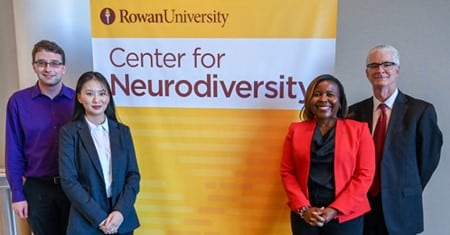
From left, Ben Wilner, Terry Nguyen, Monika Williams Shealey, and John Woodruff, director, Accessibility Services
This article originally appeared on the Rowan Today news website and is reprinted with permission.
On October 20, Rowan University announced an expansion of support and services, establishing a first in New Jersey Center for Neurodiversity on the Glassboro campus.
Rowan’s expansion of services for neurodiverse students stems directly from President Ali A. Houshmand’s commitment to access and inclusion throughout the University.
25 Oct2021
By Jane E. West and Kaitlyn Brennan
 This blog post is written by AACTE consultant Jane West and is intended to provide updated information. The views expressed in this post do not necessarily reflect the views of AACTE.
This blog post is written by AACTE consultant Jane West and is intended to provide updated information. The views expressed in this post do not necessarily reflect the views of AACTE.
As you will recall, in July the House Appropriations Committee approved the FY 2022 Labor, Health and Human Services, Education, and Related Agencies appropriations bill . The bill included historic increases for education from the FY 2021 level—a 41% increase for the Department of Education, which would bring the Department’s total budget to $102.8 billion. This week, a bit unexpectedly, Senate Appropriations Committee Chair Patrick Leahy (D-VT) released drafts of the nine remaining fiscal year (FY) 2022 Senate appropriations bills, including the Labor-HHS-Education bill. This is an unusual move, as we usually don’t see bills until they have gone through the Subcommittee markup. These drafts have not been approved by either Subcommittees or the full committee. Rather, they are intended to be a marker to keep the process rolling.
22 Oct2021
By Jane Fusco
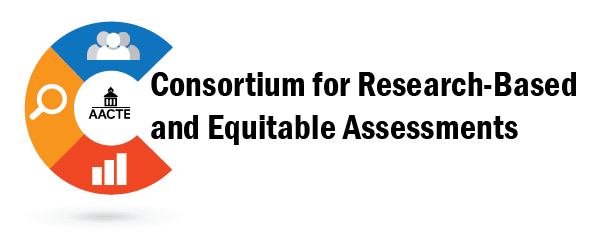
The University of Rhode Island’s Alan Shawn Feinstein College of Education and Professional Studies will represent the state as a lead institution in the American Association of Colleges for Teacher Education’s Consortium for Research-Based and Equitable Assessments, an initiative funded by the Bill and Melinda Gates Foundation that engages 14 states in a study of state-level tests and qualifying scores for entry into educator preparation programs.
URI will collaborate with the Rhode Island Department of Education, Rhode Island College, Central Falls School District, and Pawtucket School Department to examine state data and practices, as well as engage in quarterly convenings to inform guidelines and recommendations for setting qualifying cores for educator preparation program entry and exit.
18 Oct2021
By Jacob Easley II

The New York Association of Colleges for Teacher Education (NYACTE) is hosting its annual conference jointly with the New York State Association of Teacher Education. The 2021 conference is entitled Educational Innovation for Equity and Excellence. Progressively delivered in a virtual format September 30 through November 2, all events are free of charge. It is not too late to join us for an interactive member presentation that will take place on October 21 from 1:00-3:00 p.m. EST. In addition, asynchronous (pre-recorded) paper presentations are also available.
The conference highlights the ways in which New York educator preparation programs (EPPs) and PK-12 engage in partnerships and innovations for advancing educational equity. The conference addresses ways in which state level policy and local practices address programming for greater outcomes among diverse student populations and school communities. The conference concludes with our keynote speaker Elaine Gross, who will challenge the profession in its efforts for racial justice.
14 Oct2021
By Rachel Walker Bowman
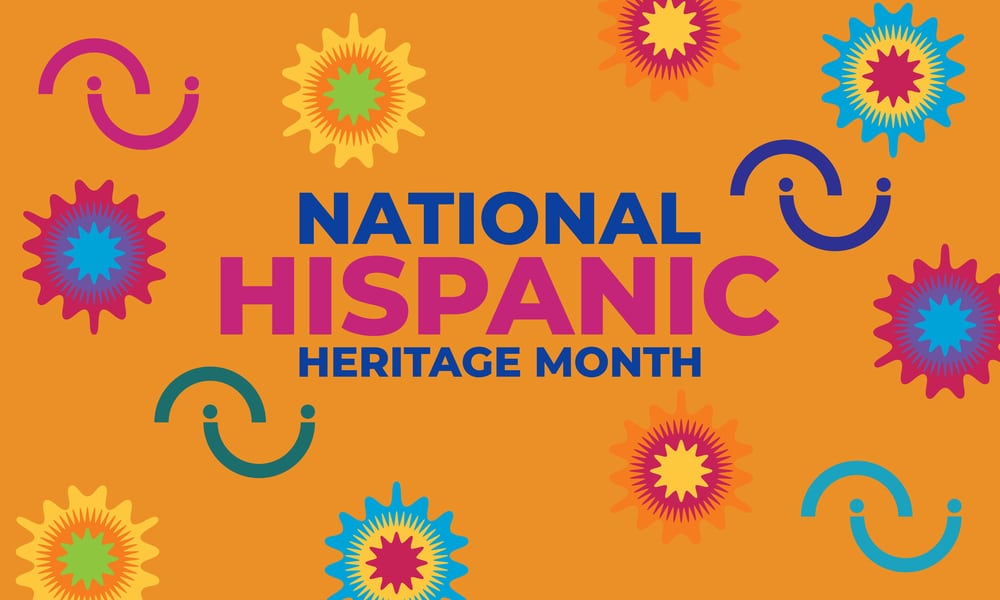
When Mildred Boveda, associate professor of special education at Penn State University, was filling out some basic forms required for an academic appointment, she came to a question that made her pause:
Which of these best describes your race/ethnicity?
- White/ Non-Hispanic
- Black/ Non-Hispanic
- Hispanic
The list went on.
Boveda, an Afro-Latina woman of Dominican descent and complex intersecting identities, had always felt more at home in the Black community. But the erasure of her Latina roots, even just through a checkmark, was not something she could reconcile with.
She checked Hispanic.
07 Oct2021
By Katrina Norfleet
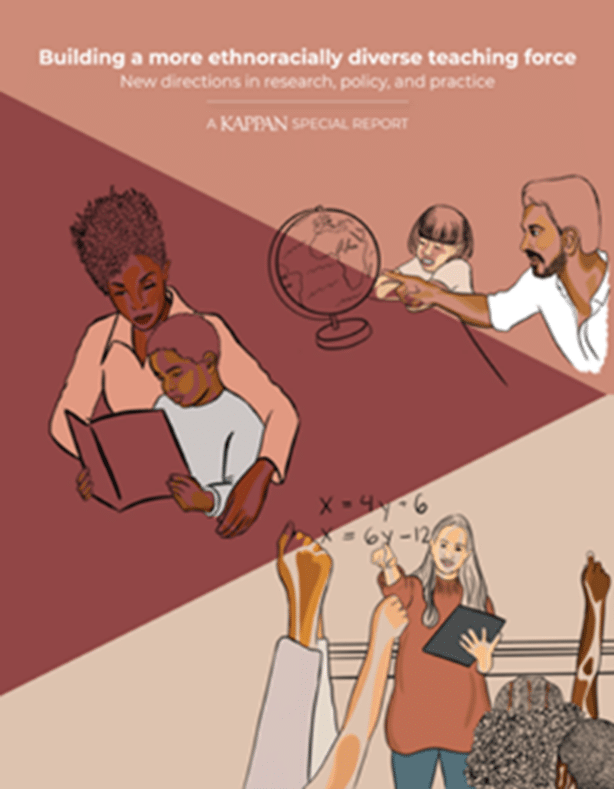 Phi Delta Kappan (PDK) recently released a special report about teacher workforce diversity, Building a more ethnoracially diverse teaching force: New directions in research, policy, and practice, guest edited by AACTE members Conra Gist (University of Houston) and Travis Bristol (University of California, Berkeley). The special report highlights the forthcoming Handbook of Research on Teachers of Color (AERA, 2022) by Gist and Bristol, featuring research by Black, Indigenous, and People of Color (BIPOC) educators on developing a more diverse teacher workforce.
Phi Delta Kappan (PDK) recently released a special report about teacher workforce diversity, Building a more ethnoracially diverse teaching force: New directions in research, policy, and practice, guest edited by AACTE members Conra Gist (University of Houston) and Travis Bristol (University of California, Berkeley). The special report highlights the forthcoming Handbook of Research on Teachers of Color (AERA, 2022) by Gist and Bristol, featuring research by Black, Indigenous, and People of Color (BIPOC) educators on developing a more diverse teacher workforce.
The Kappan report provides brief overviews of the 11 domains of inquiry that are explored in greater length in the handbook by Gist and Bristol, along with a wide range of contributors. To bring Teachers of Color, Indigenous Teachers, and other educators into the conversation about how best to diversify the teaching profession, each domain pairs research briefs with teacher-written testimonies. The domains of inquiry include the following:
 The current and historical public-school workforce in the United States remains predominantly white, middle class, and female; however, these demographics have never accurately represented all students in American classroom settings, which continue to grow in diversity. Classrooms are a place where the presence of biases, stereotype threats, and need for more inclusive environments resulting from differences between the demographics and lived experiences of the teaching workforce and students exist. While AACTE and other education stakeholders are taking up efforts to diversify the field, it is essential to improve the ability of our current educator workforce. In the United States, our classrooms have never been more diverse with students from multiple cultures, socio-economic levels, and disabilities. Thus, the essential question remains: How can we best prepare teachers to support all students in our classroom settings?
The current and historical public-school workforce in the United States remains predominantly white, middle class, and female; however, these demographics have never accurately represented all students in American classroom settings, which continue to grow in diversity. Classrooms are a place where the presence of biases, stereotype threats, and need for more inclusive environments resulting from differences between the demographics and lived experiences of the teaching workforce and students exist. While AACTE and other education stakeholders are taking up efforts to diversify the field, it is essential to improve the ability of our current educator workforce. In the United States, our classrooms have never been more diverse with students from multiple cultures, socio-economic levels, and disabilities. Thus, the essential question remains: How can we best prepare teachers to support all students in our classroom settings?







 The demographics of our nation’s PK-12 student body are changing. In fact, a
The demographics of our nation’s PK-12 student body are changing. In fact, a  Why did Lindenwood University pursue membership in the CREA project?
Why did Lindenwood University pursue membership in the CREA project?  Why did University of Wisconsin – Whitewater pursue membership in the CREA project?
Why did University of Wisconsin – Whitewater pursue membership in the CREA project? 


 This blog post is written by AACTE consultant Jane West and is intended to provide updated information. The views expressed in this post do not necessarily reflect the views of AACTE.
This blog post is written by AACTE consultant Jane West and is intended to provide updated information. The views expressed in this post do not necessarily reflect the views of AACTE. 


 Phi Delta Kappan (PDK) recently released a special report about teacher workforce diversity, Building a more ethnoracially diverse teaching force: New directions in research, policy, and practice, guest edited by AACTE members Conra Gist (University of Houston) and Travis Bristol (University of California, Berkeley). The special report highlights the forthcoming Handbook of Research on Teachers of Color (AERA, 2022) by Gist and Bristol, featuring research by Black, Indigenous, and People of Color (BIPOC) educators on developing a more diverse teacher workforce.
Phi Delta Kappan (PDK) recently released a special report about teacher workforce diversity, Building a more ethnoracially diverse teaching force: New directions in research, policy, and practice, guest edited by AACTE members Conra Gist (University of Houston) and Travis Bristol (University of California, Berkeley). The special report highlights the forthcoming Handbook of Research on Teachers of Color (AERA, 2022) by Gist and Bristol, featuring research by Black, Indigenous, and People of Color (BIPOC) educators on developing a more diverse teacher workforce.